Strength Training Benefits for Older Women: How to Prevent Sarcopenia
7 minute read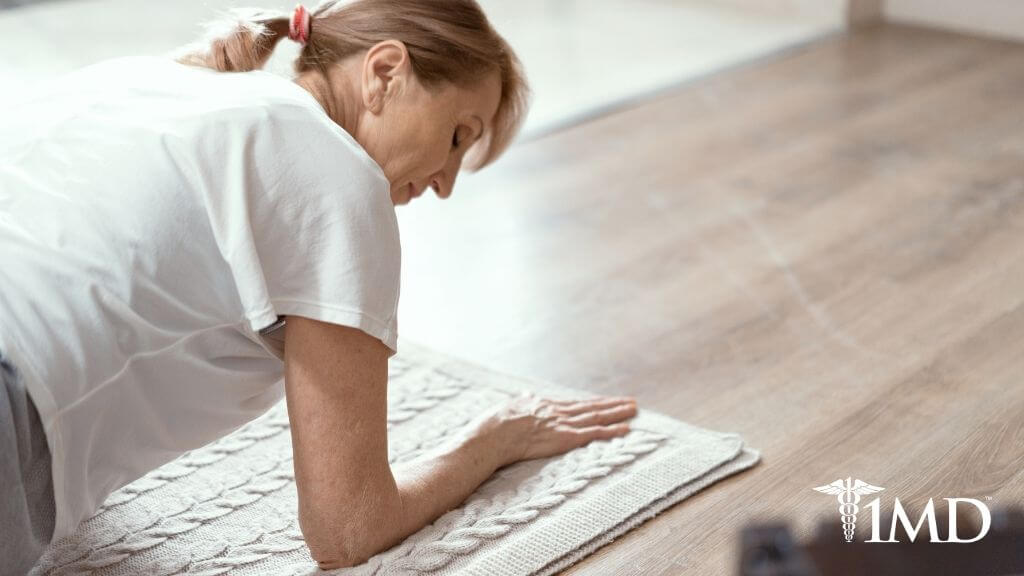
We’re all getting older. Memory can falter, cognition begins to decline, vision gets worse, energy levels drop, and muscles and bones get weaker. And while science has yet to stop aging, there are few ways to combat the problems it brings.
It turns out that strength training can help prevent the negative aspects of aging, particularly sarcopenia (muscle deterioration), so you can enjoy all that you have earned.
A study recently looked at the effects of regular exercise, specifically strength training, on aging. Since aging automatically starts a slow physical decline, the more work you put in ahead of time, the better prepared your body is for this.
In other words, strength training can keep your muscles in shape, so they can better resist the aging process. This means you avoid frailty and can fill your golden years with activity.
Study Supports Strength Training
A study of 46 women across varied ages was conducted by putting them into two groups: 60 through 74 and 75 through 90.
| Related: High-Intensity Workouts Can Slow the Aging Process |
Researchers found a significant difference in terms of muscle strength and endurance between the two groups based on whether they exercised or not.
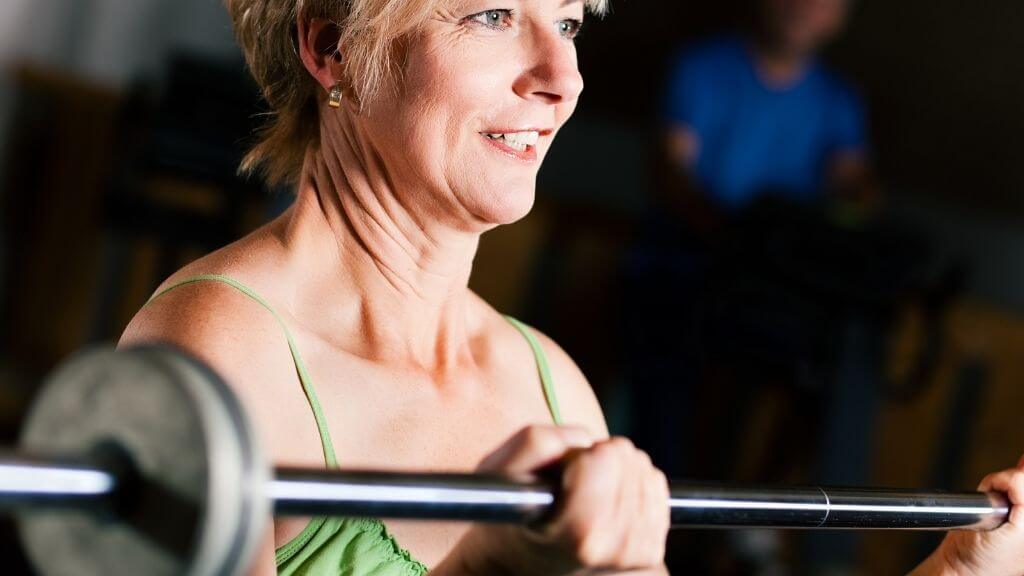
For those who regularly worked out, there was greater strength and endurance. Among those who worked out, the younger women had the greatest strength, which is understandable given the body’s capacity to change when we are younger.
These results were expected, but what was not expected was the fact that these older women did not get as much physical activity as they should. Most reported doing only light housework, gardening, and some daily stretching.
Whether it was because they were still working and didn’t have enough time, or because they felt healthy so thought they didn’t need it, the bottom line is that many older women do not get the exercise they need to ward off the negative effects of aging.
In general, regular exercise or strength training does not fit into the lives of the elderly until it becomes necessary. After a fall or injury, doctors often prescribe physical activity as part of the recovery.
Until this extreme is reached, though, many elderly women put off exercise. The reality is that, if they acted sooner, these falls and accidents could be avoided in the first place.
Low-level exercise for elderly women can strengthen the core muscles as well as joints, as can supplements designed to boost joint health The healthier and stronger your muscles and bones are, the better your body can withstand stress.
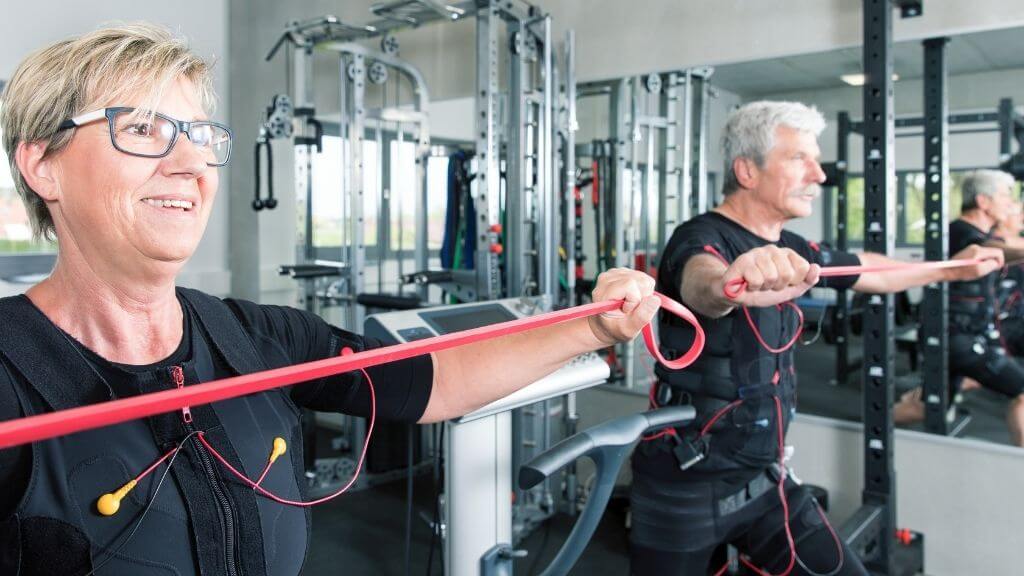
| Related: Cyclists Age Better: Here’s Why |
Whereas a weak and frail body will collapse, fall, and perhaps become seriously injured, a body that performs regular strength training lives an active and fun life.
It’s Time to Start Moving
Strength training is not just for bodybuilders. Women that want to take care of their bodies and ward off the effects of aging can benefit from regular physical activity.
Not only can exercise help improve your physical health, but it promotes mental health too. Active individuals are less likely to experience depression, which is common among women as they age.
The key with strength training is to start small and stick with it. If you have any limiting conditions, then you should speak with your doctor first, but otherwise there are several exercises you can do to increase muscle and bone strength.
Lying Hip Bridges: These are particularly useful if you sit a lot during the day. Sitting for extended periods of time puts a lot of pressure on your hips, making them tight and more prone to injury.
| Related: Qigong Exercises to Strengthen Arthritic Knees |
This exercise helps to stretch and mobilize the hips keeping them agile and keeping you active.
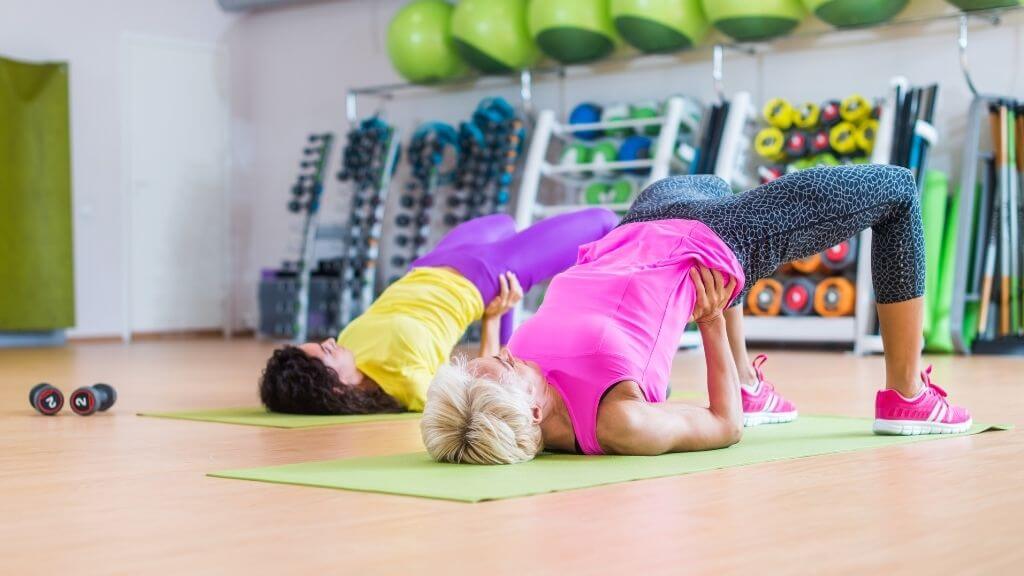
Wall Pushups: By using the wall, you do not place as much strain on your body, so this is a perfect exercise to strengthen your upper body, without risking injury.
Keeping your upper body strength in tact helps with your daily activities and promotes strong cardiovascular and circulatory health.
Side Lying Circles: These small circular moves have a significant impact. The rotation of your hips keeps them mobile, which makes walking easier.
You also reduce your chances of injury as you age, because hips are often the first to get damaged during a fall.
Squats (to a Chair): Using a chair makes it easier to squat to the right level, so you do not overdo it. Your lower body and core benefit from this strength training exercise.
As you age, bending over becomes a chore and often a hazard, but regularly performing these squats keeps the muscle toned and prepped for any such movements.
Side Planks: A variation to the regular plank, focus is still on the core, but this time you work your shoulders too. Many elderly people experience problems with shoulder joints, especially related to bad posture.
| Related: Frozen Shoulder Exercises and Natural Treatment |
By strengthening your shoulder, you can stand straight and tall, dispelling the myth that we shrink as we get older.
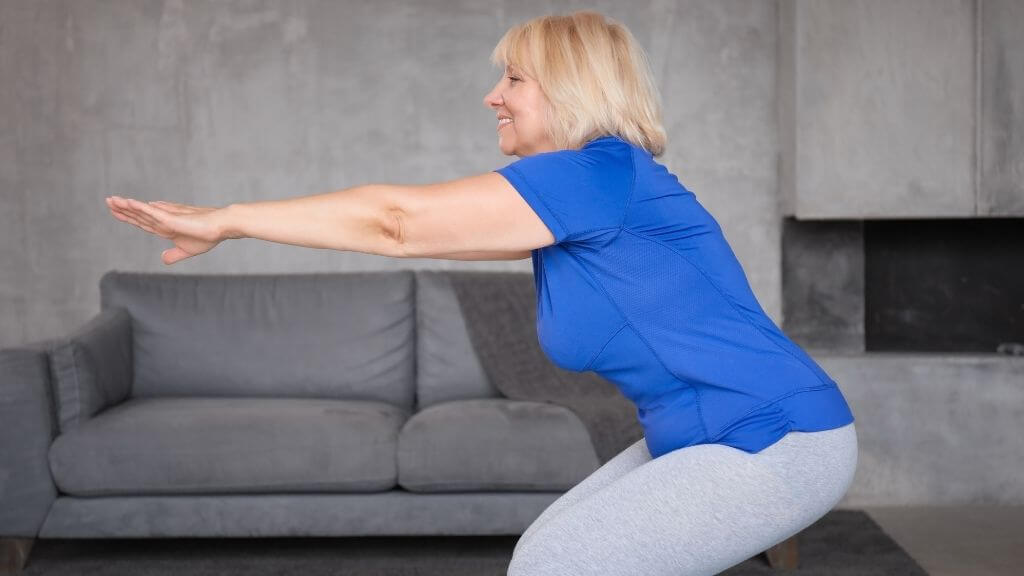
Wall Angels: As your “guardian” of health, this exercise can ease the back pain often associated with aging. The wall provides support, so there is little risk of injury, and the simple strength training maneuver stretches and tones back and shoulder muscles.
A weakened back can contribute to cardiovascular and digestive problems, so keep the muscles tight and keep your insides working right.
The Bottom Line
Aging does not have to be a terrible thing. Yes, it will happen, but you can do it on your terms.
Do not succumb to stereotypes of the elderly as weak and feeble. Start a strength training regimen today, and age strong and gracefully.
Even in older years, women who regularly participate in strength training activities can ward off aging effects. The earlier you can start the better, and as you age all you need to do is a little maintenance.












